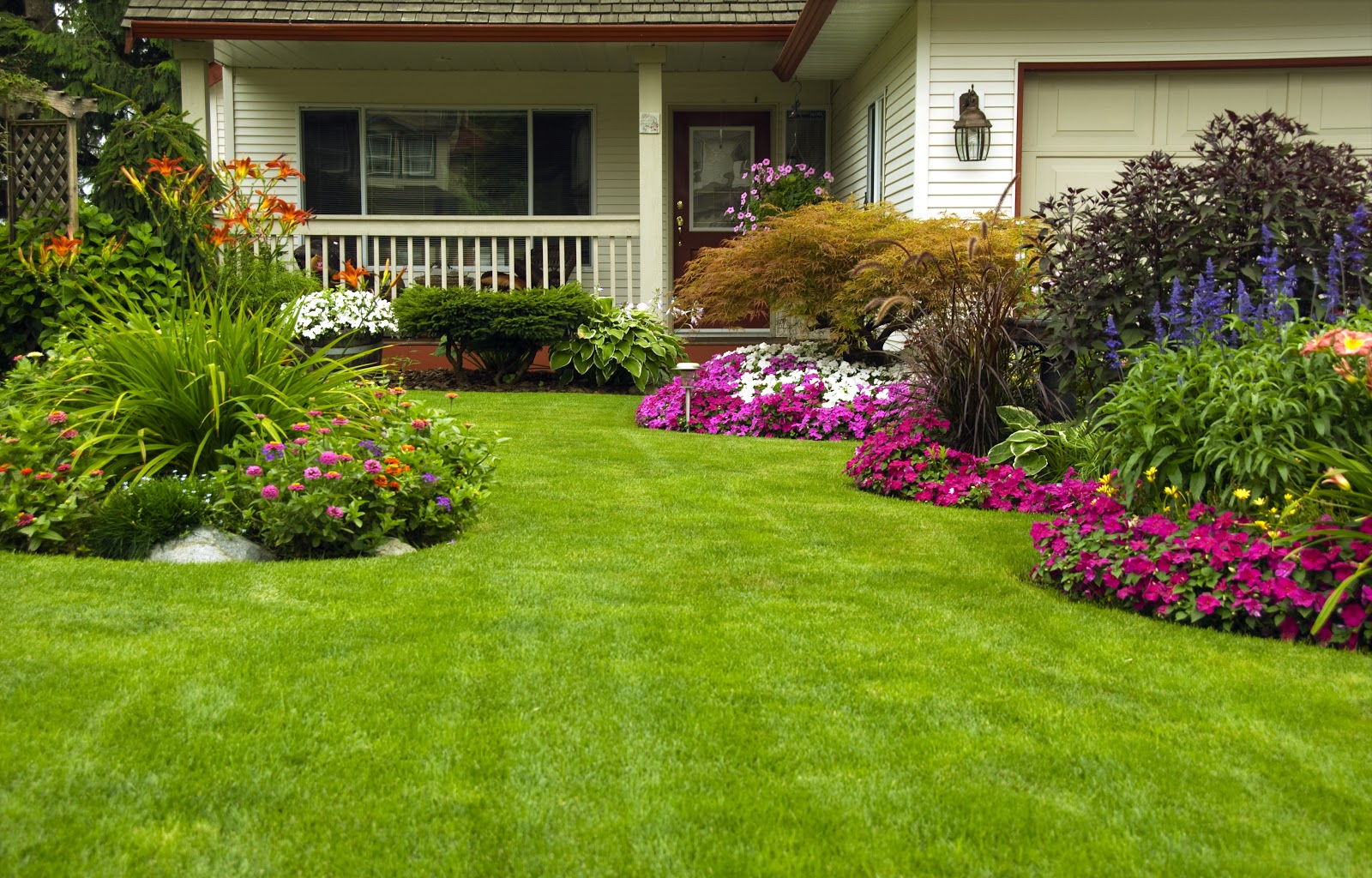 Gardening can be tricky no matter where you live, but this past year Kansas City gardens and landscapes were really put to the test. Erratic temperature swings, weeks of drought conditions and unusual weather patterns caused many homeowners, businesses and even cities to lose even well-established trees and bushes. So what can we learn from this past year and take into 2019 to help our green friends? Here are ten takeaways:
Gardening can be tricky no matter where you live, but this past year Kansas City gardens and landscapes were really put to the test. Erratic temperature swings, weeks of drought conditions and unusual weather patterns caused many homeowners, businesses and even cities to lose even well-established trees and bushes. So what can we learn from this past year and take into 2019 to help our green friends? Here are ten takeaways:
Gardening and Landscaping in Kansas City Is Really, Really Difficult.
(We’ve been doing it for 40 years, and we know that – but sometimes we forget. 2018 reminded us.)
Don’t Plant Too Early in the Spring
The last frost in Kansas City is, on average, around the 7th-10th of May. The last hard freeze is usually around the third week in April. Remember the old adage “You plant flowers after Mother’s Day” – it’s an old adage because it’s true! Don’t plant impatiens in April!
Drought Does Damage
Having a dry fall and/or a dry winter can spell doom for plants of all ages. Even as of the writing of this blog (August), mature trees and shrubs around the area are declining and dying because of damage suffered in the very cold and dry winter months.
Cold Temperatures Kill
Despite the fact that the Kansas City area is now designated as Zone 6, it can still get very cold in the winter. Most areas around the metro dropped to -8 degrees or colder, on more than one occasion. That low temperature, coupled with dry conditions, will severely damage or kill many Zone 6 plants like Holly, reblooming Azaleas, Dwarf Nandinas, etc. Microclimates help, but many Zone 6 plants prominent in garden centers can really struggle here.
Temperature Fluctuations Test Plants
Wild temperature fluctuations in early spring can have devastating effects on plants, particularly broadleaf evergreens. Kansas City struggled through several rounds of near 50-degree temperature drops, and plants simply have a tough time dealing with that.
Plants Need Plenty of Spring Weather to Get Established
When Mother Nature skips the spring season, establishing new plantings is a chore. This year, because winter lingered for so long, spring plantings were delayed – and when spring was cut short to only a week or two before summer arrived (with a vengeance), new plantings had a really difficult time establishing.
Mulch Can Protect Plants from the Elements
Proper mulching can be very important. In years when the weather cooperates and is, shall we say normal, mulching practices are not critical. But in a year when temperature fluctuations are rampant and natural moisture is at a premium, mulching becomes important. Mulch cushions bare soil insulates shallow roots and helps conserve existing moisture. Without mulch, the soil around trees can erode, and roots can suffer heat damage. (To see this dramatically illustrated, take a stroll around the Plaza and look at the street tree plantings that are exposed and have no mulch – the effect on the trees is painfully evident.) Also (and this is one of my pet peeves) don’t apply a 3” or 4” thick layer of mulch on your plantings in February or March, while the ground is still very cold, and in Kansas City’s case, very dry. That very attractive coating of mulch will greatly slow natural spring warmup and will prevent spring rains from reaching your plants’ roots.
Rain Is Critical
Irrigation, from an in-ground system or your hose, while helpful, is not a substitute for natural rainwater. Lawns, trees and shrubs, and flowers perk up, gain color, and begin to thrive as soon as ample rain is present. If rainfall is lacking, keep watering until Mother Nature cooperates.
Plants Take Their Cues from Their Environment
Plants can’t read books or press releases. “It’s supposed to grow here….”, means very little in the real world. Conversely, “I had no idea that would grow here….”, sometimes is a pleasant surprise. A plant called Aucuba shouldn’t really survive in Kansas City, but I have run across specimens that are 20 years old and doing nicely.
Trial and Error Is the Best Way to Know What Will Grow
Nothing succeeds like success. (I know, silly statement.) The only way to really gain confidence and become a better gardener or landscaper is to get out in the yard and try. It’s a good idea to pay attention to what the garden magazines and journals say, but remember what the previous bullet point was – plants can’t read. The best way to really enjoy your lawn and landscape is to just do it!!
